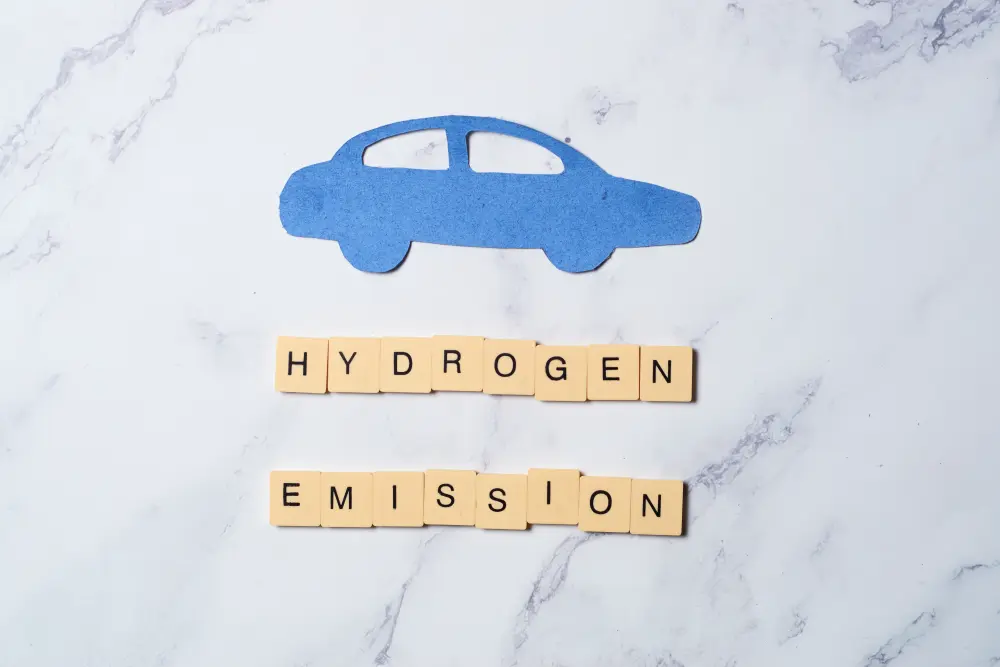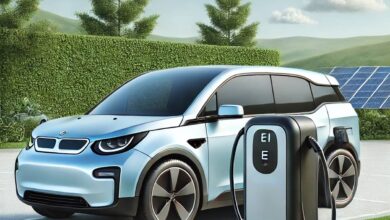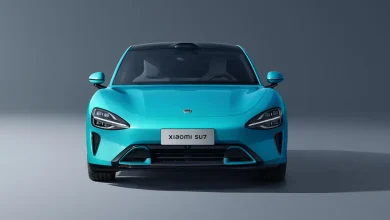Exploring the Pros and Cons of Hydrogen Cars

In this article, we will take a closer look at the pros and cons of hydrogen cars. In the pursuit of sustainable transportation solutions, hydrogen cars emerge as a promising yet intricate option within the automotive industry. The technology holds the promise of facilitating zero-emission journeys while boasting advantages such as swift refueling times and extended driving ranges. Nevertheless, addressing challenges about infrastructure, production methods, and costs becomes imperative for the widespread acceptance of hydrogen fuel cell vehicles.

Pros and Cons of Hydrogen Cars
Pros
1. Zero Emissions:
One of the standout features of hydrogen cars is their commitment to a cleaner environment. These vehicles emit only water vapor as a byproduct of the chemical reaction between hydrogen and oxygen in the fuel cell. In a world grappling with climate change, the prospect of zero greenhouse gas emissions from the transportation sector is undoubtedly a major advantage.
2. Quick Refueling Time:
Unlike electric vehicles that often require extended charging periods, refueling a hydrogen car is a swift process. It takes just a few minutes to replenish the hydrogen tank, making it comparable to the time it takes to fill up a conventional gasoline vehicle. This could alleviate “range anxiety” and encourage more widespread adoption.

3. Longer Driving Range:
Hydrogen cars typically offer an impressive driving range. Fuel cell vehicles can cover greater distances on a single tank compared to many battery-electric vehicles. This extended range makes hydrogen cars a viable option for long-distance travel, addressing a common concern associated with electric vehicles.
4. Reduced Dependence on Lithium-ion Batteries:
Hydrogen cars operate using fuel cells, which means they don’t rely on large lithium-ion batteries. This could help diversify the automotive industry’s supply chain, reducing the environmental impact associated with mining and processing lithium.
Cons
1. Limited Infrastructure:
One of the most formidable obstacles confronting the widespread adoption of hydrogen cars is the strikingly inadequate infrastructure supporting these vehicles. Despite a gradual increase in the number of hydrogen fueling stations, the current network falls substantially short of the extensive and well-established arrays of conventional gas stations and electric charging points. This glaring scarcity of infrastructure poses a considerable deterrent for potential hydrogen car buyers, creating a logistical challenge that hampers the seamless integration of these vehicles into everyday life.
The dearth of hydrogen fueling stations not only undermines the convenience factor for consumers but also hinders the broader acceptance of hydrogen cars as a viable mode of transportation. It relegates these vehicles to select regions where the sparse infrastructure exists, limiting their accessibility to a niche market. This geographical confinement exacerbates the apprehension of potential buyers who may be reluctant to invest in a technology that necessitates meticulous route planning to ensure access to refueling stations. Consequently, addressing the infrastructure gap becomes imperative for the successful proliferation of hydrogen cars, demanding strategic investments and collaborative efforts from both public and private sectors to create a robust and expansive network that can cater to the evolving needs of an increasingly environmentally conscious consumer base.
2. Energy Intensive Production:
The process of producing hydrogen is energy-intensive, often requiring natural gas or other fossil fuels. While there are greener methods like electrolysis using renewable energy, the majority of hydrogen production currently relies on less sustainable practices. This raises questions about the overall environmental impact of hydrogen fuel, offsetting some of the zero-emission benefits.

3. Cost Challenges:
Hydrogen cars are still relatively expensive compared to traditional gasoline-powered vehicles. The production costs of fuel cells and the limited scale of manufacturing contribute to the higher price tag. Additionally, the cost of hydrogen itself, especially if produced through greener methods, can be significant.
4. Storage and Distribution Issues:
Storing and transporting hydrogen comes with its own set of challenges. Hydrogen has a low energy density by volume, requiring large and heavy storage tanks. Moreover, the distribution infrastructure for hydrogen is not as well-established as that for gasoline or electricity, presenting logistical hurdles for widespread adoption.
Striking a Balance: The Road Ahead
As the automotive industry navigates the path toward sustainability, hydrogen cars represent a promising but complex solution. The technology offers the potential for zero-emission transportation with quick refueling times and extended driving ranges. However, overcoming challenges related to infrastructure, production methods, and costs is essential for the widespread adoption of hydrogen fuel cell vehicles.
You may also interested in: “The Future of Hydrogen Cars: A Revolution in Automotive Technology“




